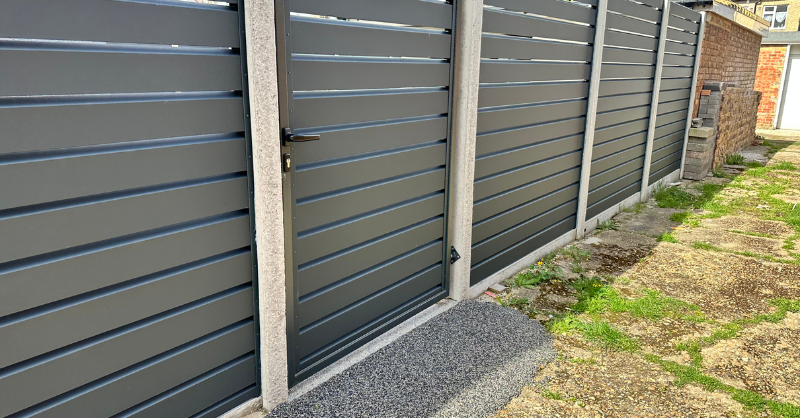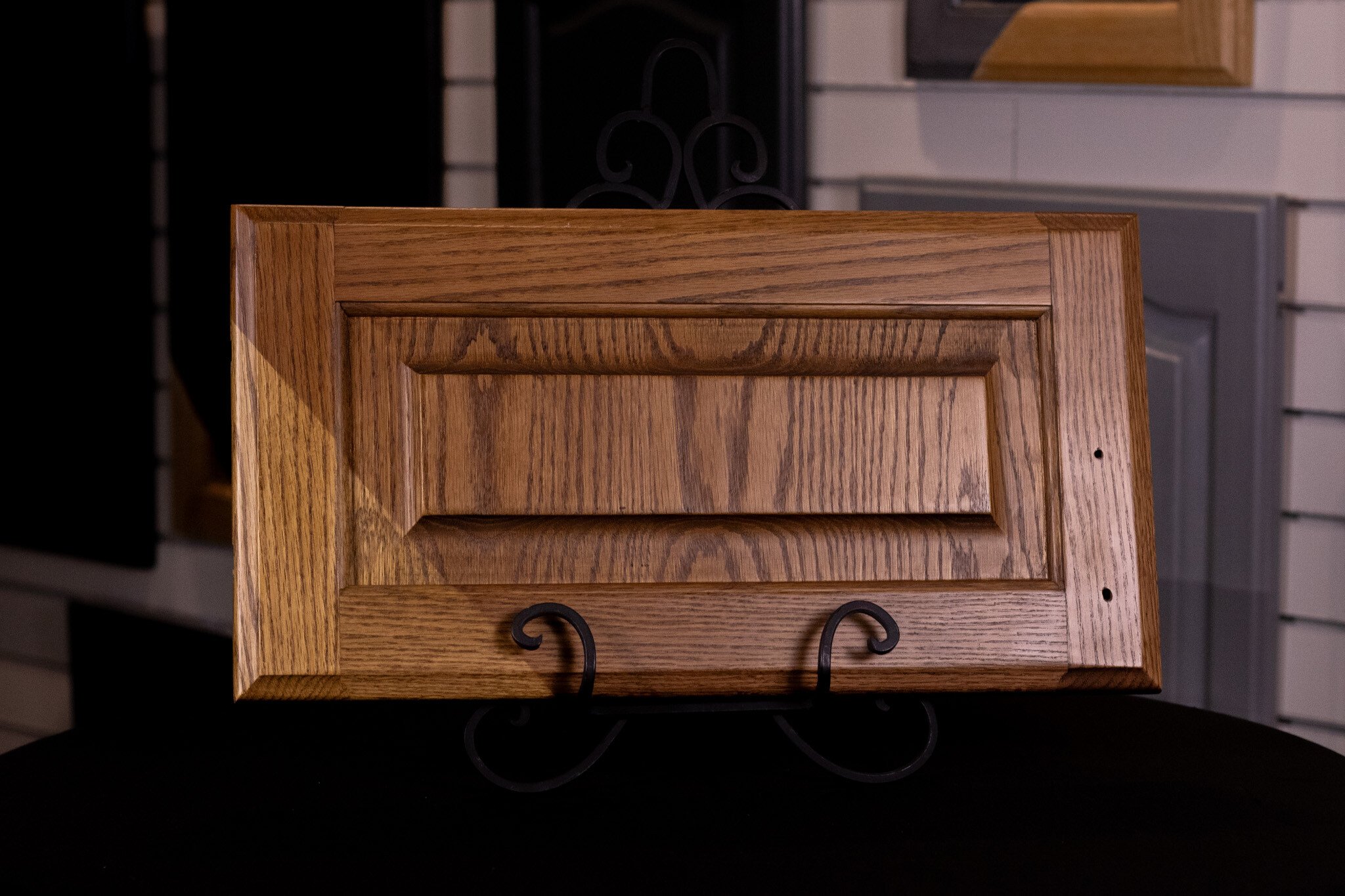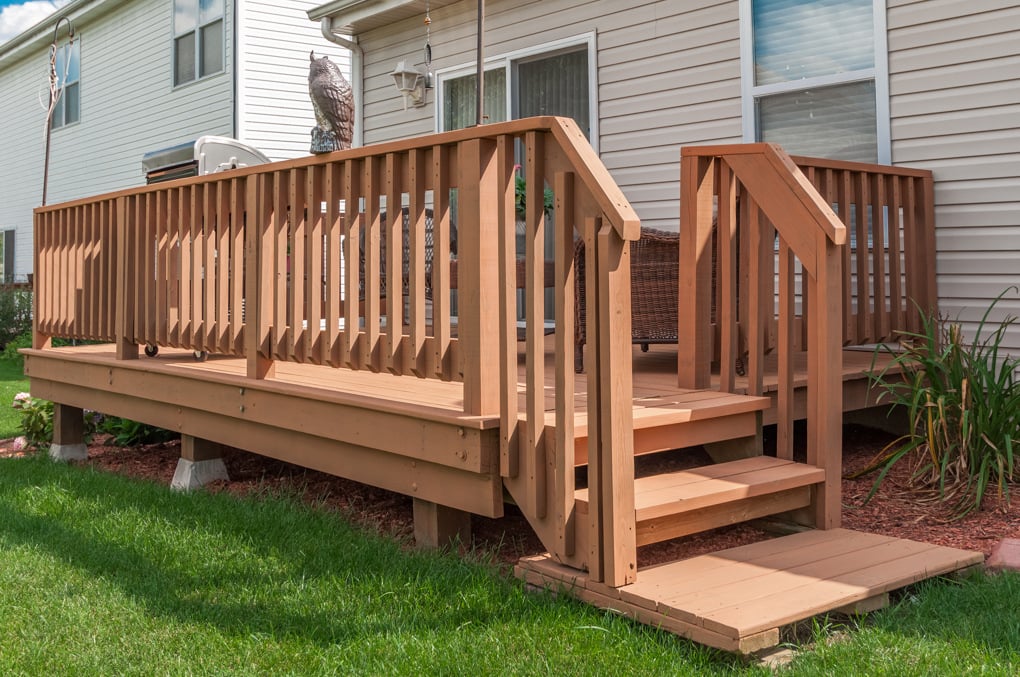-May-30-2024-07-56-42-8246-PM.png?width=800&height=418&name=Blog%20Post%20Image%20Size%20(2)-May-30-2024-07-56-42-8246-PM.png)
Deciding on whether to stain or paint your fence can be a tough decision. This is especially challenging if you have recently constructed a wood fence. There are various factors to consider before making a decision on what to go by. Outdoor fences will be in constant contact will extreme conditions the prevailing weather has to offer. It is therefore vital that a weatherproof option is selected.
At Brush & Roll Painting, we understand the importance of choosing the right finish for your outdoor structures. Whether you opt for staining or painting, our process ensures a thorough application process to achieve a flawless result.
In this article, we will compare staining and painting wooden fences. By reading this article you can make an informed decision on which one is better for you.
What is the Difference Between Staining & Painting Wooden Fences?
When it comes to deciding between staining or painting your wooden fence, there are key differences that can help you make the right choice.
Staining offers a natural finish that enhances the beauty of the wood, making it ideal for those looking to preserve the authentic look of their fence. On the other hand, painting provides a wide range of vibrant color options that can add a pop of personality to your outdoor space.
While staining is more durable and requires less maintenance over time, painting offers a longer-lasting finish and can be more cost-effective in the long run.
Application of Stains vs Paints on Fences
-May-30-2024-07-55-52-5862-PM.png?width=551&height=288&name=Blog%20Post%20Image%20Size%20(3)-May-30-2024-07-55-52-5862-PM.png)
Fence paint and stains are applied in a similar way although each finish has its own requirements.
Stain can be easily applied on rough surfaces. Raw wood will especially be suitable for this finish as it will get soaked up giving your fence a magnificent finish. Applying wood stain will reduce the time spent on preparing the surface. On the downside, however, the wood stain will require not less than two days to dry completely.
Durability of Stain vs Paint on Fences
Durability is one of the major factors influencing the selected wooden fence finish. Wood stain is highly durable when compared to paint. The stain applied will never crack or peel off from the surface. This is highly contributed by the fact that wood stains soak up surfaces rather than coating it. As time goes by, however, the stain will fade requiring a new coat. Reapplication is therefore recommended after every three years.
External paint cracks and peels after interaction with various weather conditions. These scraps and peels are a good indicator that your fence needs a new coat of paint. When high-quality latex paint is used, repainting will be required after three to five years.
Color Options of Stain vs Paint on Fences
Recent technology has seen the development of colored wood stains. The colors are however limited to different hues that are closer to natural wood colors. In order to achieve the desired color intensity, heavy coats will have to be applied. This may lead to inconsistency in the achieved color due to the long drying time.
Painting offers unique and vibrant colors to choose from. When a good primer is invested in, a fabulous finish will always be achieved. Painting gives you endless color options. So if you're interested in a vibrant fence that looks flashy or stylish, painting is the way to go.
Type of Wood on the Fence

The type of wood and wood surface on your fence will definitely affect the finish chosen. Cedar fences, for example, will be ideal to stain rather than paint. This is due to the fact that paint may reduce its lifespan. Painting cedar will also lead to a charred finish as it does not take paint well.
Treated wood surfaces, on the other hand, are more suited to painting than staining. Treated wood hardly absorbs wood stain thus painting will come in handy. Previously painted surfaces will also be suitable for this finish as staining will involve more work. Painting can also be done on previously stained wooden fences.
Cost of Stain vs Painting on a Wooden Fence
Painting requires intensive preparation before application. This preparation will cost you time and money. Unfortunately, this preparation has to be carried out every time
When reapplying the stain, pressure washing will be enough to remove accumulated dirt on wooden fence surfaces. In the long run, however, painting is more cost effective. Lasting up to six years, painted surfaces will require minimal maintenance. Wood stain will require reapplication every three years, which may end up being expensive.
Should You Paint or Stain Your Wooden Fence?
So, should you paint or stain your wooden fence? The above comparison will help you choose the best for your situation. If you're interested in preserving the natural appearance of your wooden fence, staining will be suitable for you. However, homeowners looking for a colorful fence that will require minimal maintenance will find painting an ideal option.
At Brush & Roll Painting in Omaha, NE, we use high-quality products and a thorough process so you can have results that you love.
Next, explore the steps of painting or staining your fence. If you are doing the project yourself, this will help you know how to get it done right. If you are hiring a professional, this article will help you know what to look for in a professional deck staining or painting process.
Bill is the owner and operator of Brush & Roll Painting. Bill Carlson is a second-generation painter. He grew up working with his father’s painting and restoration company. After graduating from Bennington High School, he served in the US Navy, traveling with the boxing team. While this was a great opportunity to see the world, it also made him realize how much he loved his little world here in Nebraska. He settled back into the painting industry, working with his brother. It wasn’t long before Bill’s entrepreneurial spirit pushed him to start his own business. Always one for a challenge, he longed to prove to himself that he could be as successful on his own as both his dad and brother were.
Topics:







-Jul-23-2025-02-21-33-5468-PM.png?width=800&height=418&name=Blog%20Post%20Image%20Size%20(2)-Jul-23-2025-02-21-33-5468-PM.png)




-Nov-06-2024-10-28-07-6666-PM.png?width=800&height=418&name=Blog%20Post%20Image%20Size%20(3)-Nov-06-2024-10-28-07-6666-PM.png)








-May-09-2025-01-18-49-5418-PM.png?width=800&height=418&name=Blog%20Post%20Image%20Size%20(1)-May-09-2025-01-18-49-5418-PM.png)
-Apr-25-2025-01-50-55-6617-PM.png?width=800&height=418&name=Blog%20Post%20Image%20Size%20(1)-Apr-25-2025-01-50-55-6617-PM.png)




